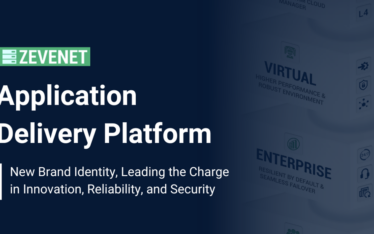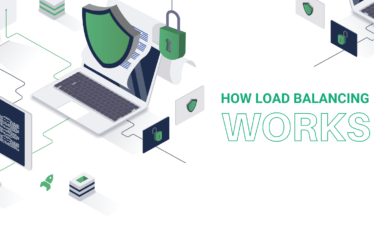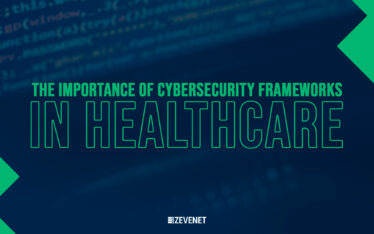Find out what IPsec and IPsec tunnel mode is? When do you need it? How does it work? Do VPNs use IPsec? And protect your data today!
There is an increasing focus on protecting data transfer as the lockdown continues in most countries across the globe. Virtual Private Networks (VPNs) have become a tool of choice when it comes to privacy protection and data transfer security.
However, it’s always important to dig deep. Not all VPN solutions are made equal. Some VPN providers use different techniques to send data across gateways over the Internet. The two of the most commonly used protocols are IPsec Tunnel Mode and IPsec Transport Mode.
In the following paragraphs, you will understand what these VPN protocols are and why these are needed.
What’s IPsec?
The term “IPSec” is self-explanatory. It is an amalgamation of two terms: “IP” stands for “Internet Protocol” and “sec” is short-form for “security.” Now, let’s deep dive to understand more about this technology.
Any type of data over the Internet goes through IP (or the Internet Protocol), and the destinations between which the data is transferred are assigned unique identifiers, which are commonly known as IP addresses. This is basically how the Internet works.
Now the question arises: Is this data transfer safe? Well, the answer is no unless we use protective measures like IPsec.
IPSec is a set of safeguarding protocols that are used to create secure connections between devices by using encryption tools. This makes data transfer secure over public networks as encryption mathematically transforms meaningful data into a randomized secret code. Only authorized parties hold the key to decipher this code.
Do VPNs use IPsec?
VPNs are secured networks between two or more devices. Even though VPN connections are made on public networks, the data transfer remains private as it is encrypted using different techniques.
While many VPN providers prefer SSL protection for its simplicity, others like to use IPsec to secure data transfer over public networks.
How does IPsec work?
To better understand the IPsec Tunnel Mode and IPsec Transfer Mode, you first need to learn how IPsec works. There are six key steps of an IPsec connection: key exchange, packet headers and trailers, authentication, encryption, transmission, and decryption.
A data stream within an IPsec connection is “locked using encryption techniques” with a key exchange configured between the connected devices. This helps in encrypting and decryption of data.
The data is then divided into smaller packets that are equipped with trailers. These packets contain security headers for authentication and encryption purposes. Each packet is labeled with authentication to highlight that the source is a trusted one.
The encrypted packets of data are then transmitted over UDP to ensure deliverability through firewalls.
What are IPsec tunnel mode and IPsec transport mode?
IPsec tunnel mode is configured between two dedicated routers where each router acts as an end of a “virtual tunnel.” When data is transferred in the IPsec tunnel mode, the packet payload and the original IP header are encrypted. For forwarding purposes, IPsec includes a new IP header to guide the intermediary routers about the final destination. The routers “at the end” of “tunnel” unlock IP headers for final delivery.
IPsec transfer mode works differently. In this mode, the payload is encrypted, but the original IP header remains unlocked. Therefore, intermediate routers can view the final delivery destination of each packet.
When to use IPsec tunnel mode and IPsec transport mode?
Well, it depends on the need. IPsec tunnel mode is perfect if you want robustly secured data transfer between two devices. The transport mode is best for end-to-end communications.
THANKS TO:
Islah Ejaz: is the technical writer of Techlectual.com and a consumer tech expert. He’s been writing about the tech industry since 2012.





